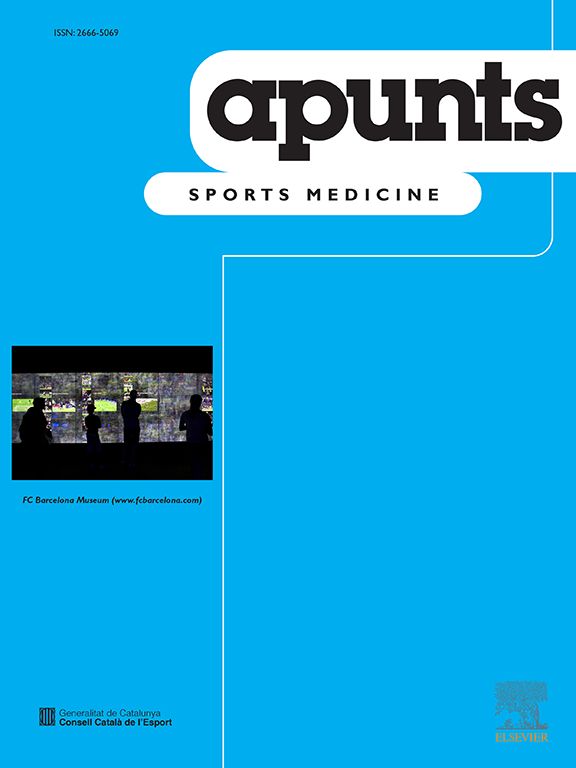The aim of this study was to show the possible applications of the heart rate maximum (HRmax) on training and clinical environment, as well as to identify the use of different equations to estimate the HRmax. The training provides information for the prescription of exercise, state of over-training and to calculate the daily energy expenditure. Moreover, when performed in the clinical environment they can help interpret sub-maximal tests as maximal ones. In some situations mathematical equations are used for calculating the HRmax. Thus, of more than fifty (50) equations were available in the specialised literature, some only have age as a factor, while others include, age, state of health and anthropometric parameters. However, to obtain more accuracy when choosing any equation to estimate the HRmax, one must have all the data and choose the one that best suits the objectives of evaluation or exercise prescription.
The Impact Factor measures the average number of citations received in a particular year by papers published in the journal during the two preceding years.
© Clarivate Analytics, Journal Citation Reports 2025
SRJ is a prestige metric based on the idea that not all citations are the same. SJR uses a similar algorithm as the Google page rank; it provides a quantitative and qualitative measure of the journal's impact.
See moreSNIP measures contextual citation impact by wighting citations based on the total number of citations in a subject field.
See more




